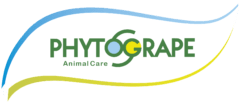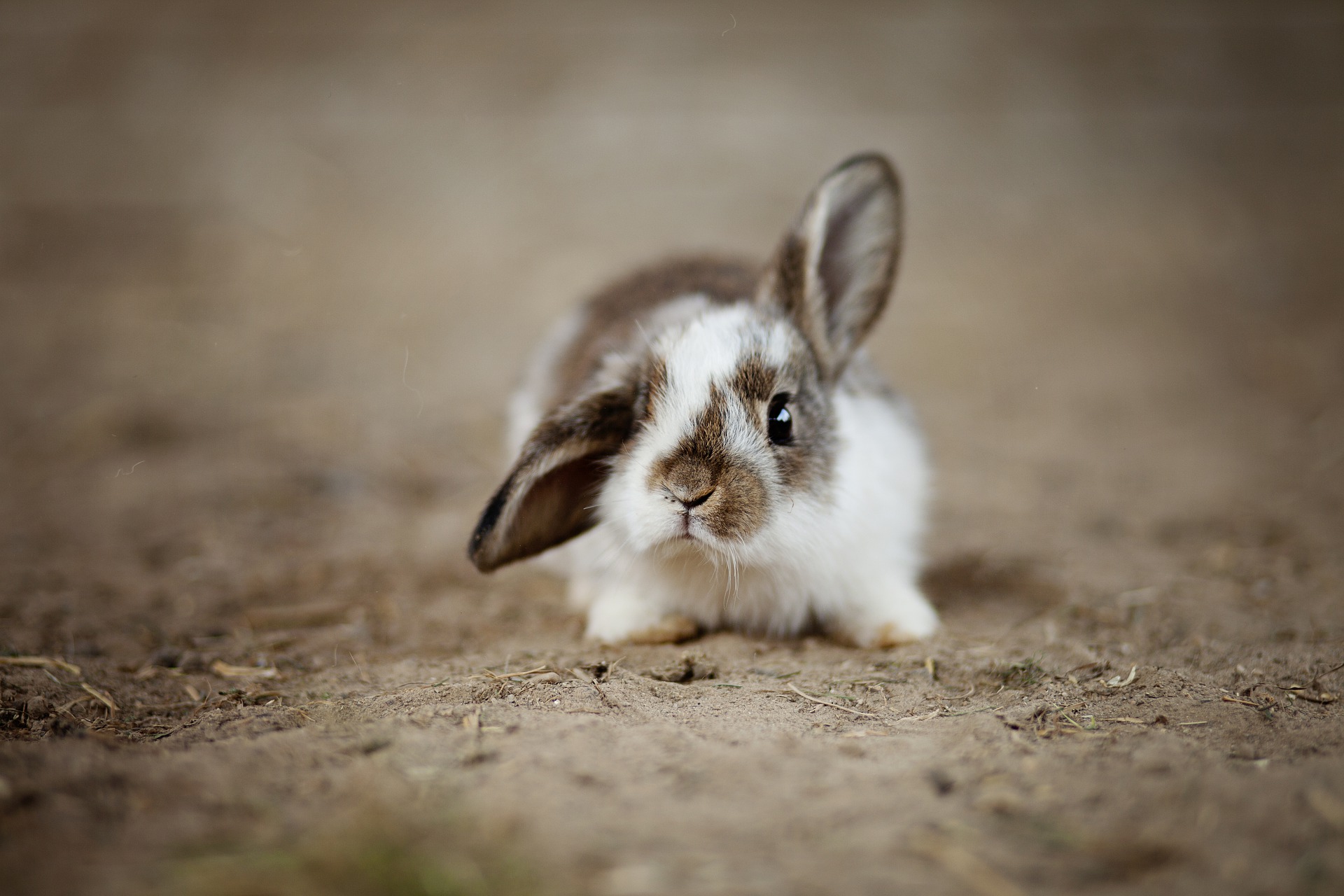As we have been doing for a couple of weeks, we continue explaining the advantages of our products compared to the different alternatives in the sector. A week ago, we explained the properties of superphosphates. Today we will focus on beds based on lime and calcium carbonate.
First of all, we will focus on lime. But, what is lime?
Lime (CaO) is the result of calcination at high temperatures of a sedimentary rock whose main component is calcium carbonate, giving calcium oxide.
Two of its main characteristics to study regarding its use in animal bedding are its hardness and its high pH (greater than 12).
First of all, we will focus on its pH. It has a very high pH (greater than 12). In fact, part of the commercial bleaches have a pH very close to 12, to give us an idea.
Depending on the animal species we are focusing on, it is very rare for their skin pH to be higher than 8. This means that there is a difference between pH of more than 4 points. This difference means that a pH imbalance can occur in the animal’s skin, and that the bacteria that the animal has to defend itself against other types of conditions (microbiome), are exposed by being in a medium with such a high pH. In this way, the skin becomes a gateway for all those pathogenic microorganisms that may affect the health of the animal.
Moreover, according to the ECHA, lime is classified as corrosive and irritant, since it can cause eye damage, skin irritation and respiratory irritation.
By presenting such a high pH value, when it reacts with the animals’ urine (acid pH), a chemical reaction is produced that originates toxic gases as a product that can affect not only the health of the animal, but also the health of people who are in contact with them.
In terms of its activity as a water absorbent, lime is a water-soluble product. In contact with it, an exothermic reaction (which gives off heat) can occur, which giving calcium hydroxide as a product of the reaction. That is, it does not absorb water, but reacts with it. This fact is very important, since in the case of an absorbent such as Sanisec or Phytogrape bed dryer, the principle by which it is absorbed is mechanical, while in this case it is a chemical reaction. In addition, when this chemical reaction occurs, heat is released; This is what is called an exothermic reaction.
A product that is also used in a similar way to lime is calcium carbonate. Its pH is basic (pH=10 approx), so its effects are very similar to those of lime: it reacts exothermically with water, releasing gases that can be harmful to animals.
This product has an absorption capacity of 20% (1Kg of calcium carbonate absorbs 200g of water). That is why, to ensure minimum conditions, it is necessary to carry out a great deal of maintenance, since due to their low absorption capacity, the beds can easily become too wet.
It is also true that both calcium carbonate and lime beds can add calcium to the soil, due to the fertilizing capacity of calcium. However, as they are products of an alkaline nature, they can negatively affect the productivity of the land, so it would be necessary to have a technician who guarantees if their use in certain lands can be beneficial or harmful. In the case of Sanisec or Phytogrape secant, they have a neutral pH and are chemically inert, so the contribution of nutrients to the fields will depend exclusively on the quality of the slurry itself.
Do you want to know what products we have in the Phytogrape range? You just have to click here.


